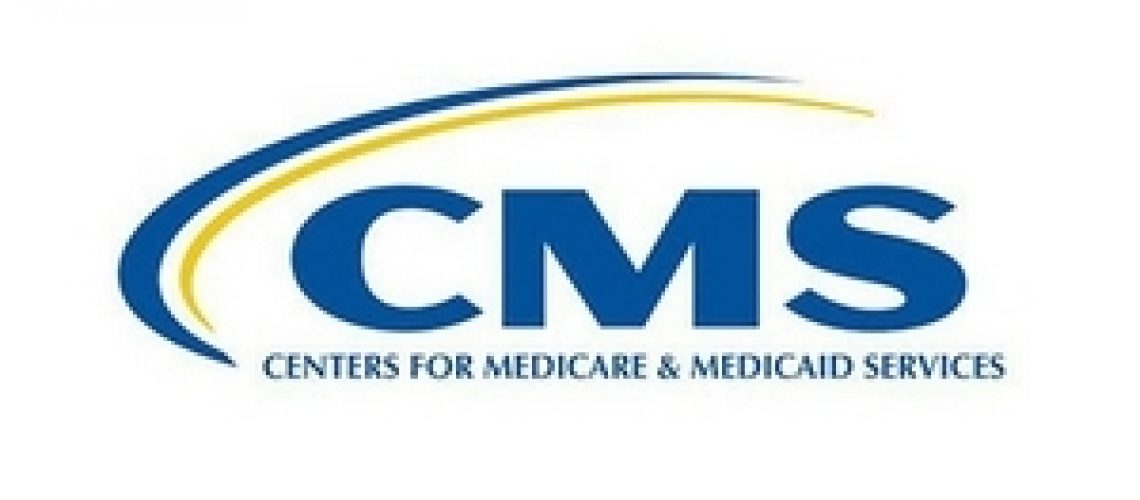Physicians hoping the Centers for Medicare & Medicaid Services (CMS) would modify some proposed changes to evaluation and management (E/M) codes got their wish Thursday when the agency issued its final Physician Fee Schedule rule for 2019.
CMS also announced changes to Part B drug payments and new telehealth options.
When CMS first proposed an overhaul of the E/M coding structure in July, the agency argued that it was reducing clinicians’ administrative burden by collapsing payment levels 2 through 5, and offering “blended payment rates” along with certain add-on codes. But provider groups were not impressed.
More than 160 medical organizations, including the American Medical Association, the American Academy of Family Physicians, and the American College of Cardiology, sent a letter to CMS Administrator Seema Verma saying the change would hurt physicans in specialties that see the sickest patients and “jeopardiz[e] patients’ access to care.”
On Thursday, Verma said the agency had tempered its initial approach.
“After listening to the concerns of the provider community, we will maintain a separate level of payment for the most complex patient care — that’s level 5 — and we are also assigning equal value to add-on codes for primary and specialty care,” Verma said.
Essentially, CMS will ultimately adopt a three-code approach to E/M reimbursement in place of the proposed two codes — and the agency won’t implement the new structure until 2021.
The changes are budget neutral, said Verma, but the final rule is estimated to save clinicians $87 million in reduced administrative costs in 2019 and more than $800 million over the next 10 years, she noted.
Verma said CMS had received 15,000 comments on E/M codes. Many were from providers who care for the most complex patients, explaining how the rule would affect them.
As for its decision to delay implementation, Verma said, “We know that this is going to have a tremendous impact on many doctors in America and we want to make sure that we get it right.”
Asked whether CMS might reverse course completely and return to the current five-level system, Verma was adamant that would not happen. “This hasn’t been updated in the last 20 years,” she said. “The current system is not working well.”
New Virtual Care Options, Curbing Part B
Verma also announced changes related to “virtual care” (a.k.a. telemedicine) and Part B drug reimbursement.
Medicare will now pay clinicians for using “communication technology-based services” including brief “check-ins” and evaluation of “pre-recorded images and/or video,” according to a press release.
Until now, telehealth has mostly targeted rural communities, Verma said on a phone call with reporters, but “access to care isn’t just a rural issue,” she said. In urban areas, elderly patients struggle to make it to visits and others are hindered by traffic delays.
Also under the new fee schedule, Medicare will cut Part B drug payments. Currently, the system reimburses physicians at the wholesale acquisition cost plus 6%; under the new rule, the “plus” drops to 3%. The change will reduce seniors out-of-pocket spending, since beneficiaries can pay coinsurance of up to 20%, Verma said.
Applause, Applause and Caution
The AMA was quick to endorse the new rule.
“With physicians facing excessive documentation requirements in their practices, it is relief to see that the Administration not only understands the problem of regulatory burden but is taking concrete steps to address it,” said AMA President Barbara McAneny, MD, in a press statement.
In particular, the AMA was pleased that CMS eliminated requirements for physicians to re-document information that’s already been recorded by other staff; scrapped the demand to justify home visits for patients; and dropped a proposal to lower payments for office visits when they occur on the same day as other services.
Also welcome was a change limiting requirements for documenting a patient’s history to target the time since his or her last visit, and “grateful” to see that proposed collapse of E/M codes would not be implemented in 2019.
“A two-year window for implementation of the proposal will give the AMA-convened work group – comprised of physicians and other health professionals – time to make recommendations on this complicated topic,” McAneny said.
The Medical Group Management Association also appreciated the agency walking back its earlier E/M coding approach, but remained cautious.
“We welcome CMS’s deferral and revision of the collapsed E/M codes to 2021, but there’s more work to be done,” said Anders Gilberg, the group’s senior vice president of government affairs.
“Blending payments rates in 2021 won’t necessarily reduce the burden, especially with CMS’s newly required add-on codes,” Gilberg said, noting that the association would continue to examine the rule and work with CMS “to create meaningful burden reduction for physician practices across the country.”
The Association of American Medical Colleges applauded the delay to changes in E/M codes and the agency’s decision to allow Medicare to pay for electronic consultations between physicians.
“Since 2014, primary care providers at many AAMC member medical centers have used electronic communication tools to gain important input from specialists without the need for an in-person visit. This saves patients time and money and improves the quality and efficiency of care,” said Darrell Kirch, MD, president and CEO.
The American Hospital Association, on the other hand, gave the new rule a mixed review. It cheered the agency’s work in reducing the administrative burden on providers and on expanding coverage for telehealth. The AHA also applauded CMS’s “gradual and flexible approach” to implementation of the physician Quality Payment Program.
“However, we are disappointed that CMS will reduce payments for certain new drugs,” said Ashley Thompson, senior vice president of public policy analysis and development, in a statement.
——————————————————
Photo courtesy of: Medical Coding News
Originally Published On: Med Pages Today
Follow Medical Coding Pro on Twitter: www.Twitter.com/CodingPro1
Like Us On Facebook: www.Facebook.com/MedicalCodingPro







